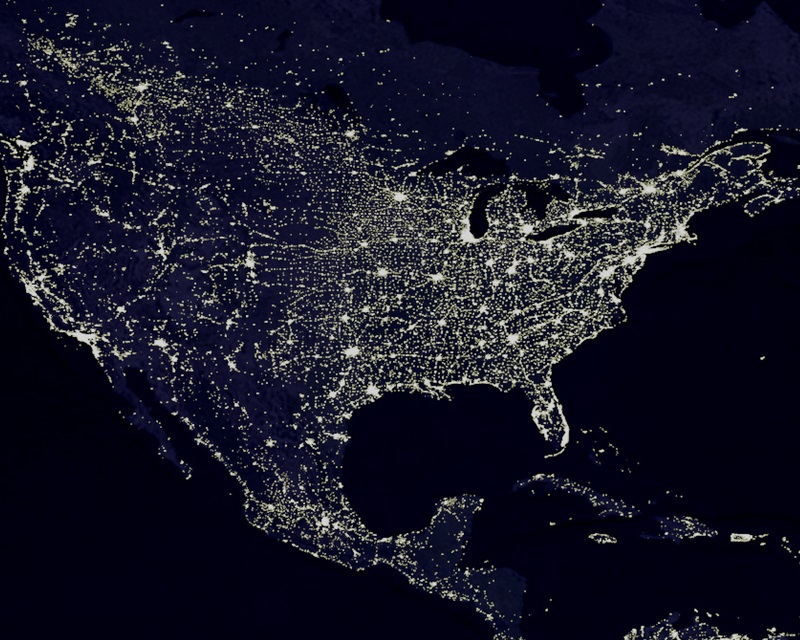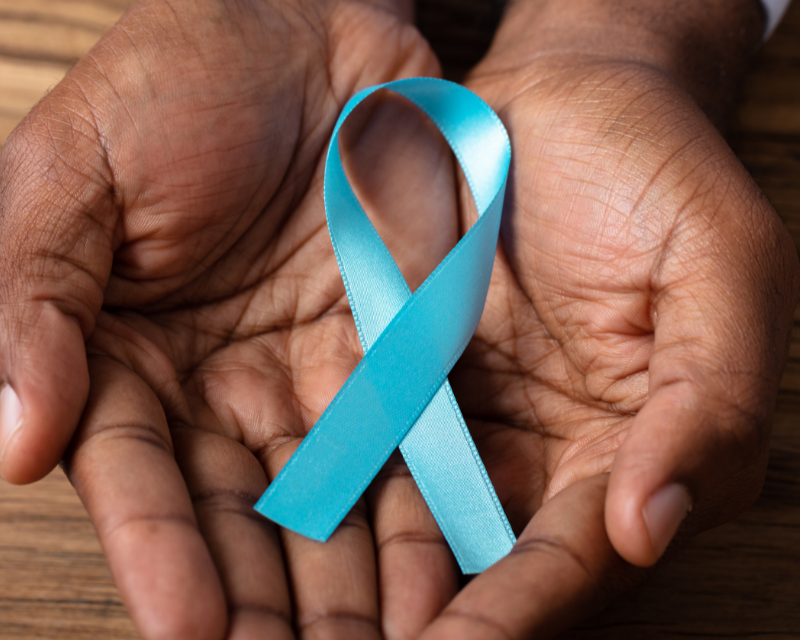
When you’re travelling into uncharted territory, it’s useful to have a map of the terrain around you. Here at Polaris, we’re using data to develop maps of the most direct routes to eradicating human trafficking and supporting survivors.
Today, we launched a summary of our 2016 Hotline Statistics. Since 2007, the National Human Trafficking Hotline and BeFree Textline, operated by Polaris, have identified more than 30,000 cases of human trafficking. These cases comprise the largest available data set on human trafficking in the country—data that can help us pinpoint the most effective ways to disrupt human trafficking and ensure that survivors can access the best possible assistance. Without this information, we’re just wandering in a wilderness striking out at random threats.
Here are a few examples of what we are learning from the data:
-
Reports of human trafficking increase every year, with a 35% increase in 2016 over 2015. We receive new reports of human trafficking every day, all over the country, and in rural and urban areas. The crime isn’t going away, and the data demonstrate that governments and task forces shouldn’t put all of their resources into just one city, for example, when a major event comes to town.
-
24% more survivors reached out to Polaris-operated hotlines, which shows that outreach efforts to victims are improving. It is essential for survivors to be aware that support is available and that these hotlines offer a variety of options to get help and stay safe.
-
Reports of labor trafficking soared by 47%, but this crime is still widely underreported. More people than ever before were calling us about labor trafficking, but at the same time, we know that we need to work harder to reach workers who are vulnerable to exploitation, especially those in domestic work or agriculture.
-
Victims of human trafficking are frequently recruited and victimized by their own partners or family members. This illustrates the critical need to support domestic violence agencies and other related service providers to better reach victims and individuals at risk of being exploited.
-
Both American citizens and people with other nationalities are victims of human trafficking here in the U.S. Moreover, foreign victims of labor trafficking frequently arrive in the U.S. legally with temporary work visas. This tells us that building walls at our borders won’t stop traffickers from victimizing people.
Lately, we’ve heard speculation that the White House may propose funding cuts to key programs, such as grants to combat violence against women. As human trafficking reports are on the rise, now is not the time to reduce resources that prevent human trafficking and protect the most vulnerable in our communities.
How can you help?
-
Share our 2016 Statistics summary sheet on Facebook and Twitter.
-
Take Action: Send an email to your member of Congress and tell them to strengthen anti-human trafficking programs.
- Check out state-by-state statistics to learn more about human trafficking in your state.
Photo credit: NASA GSFC / Flickr


